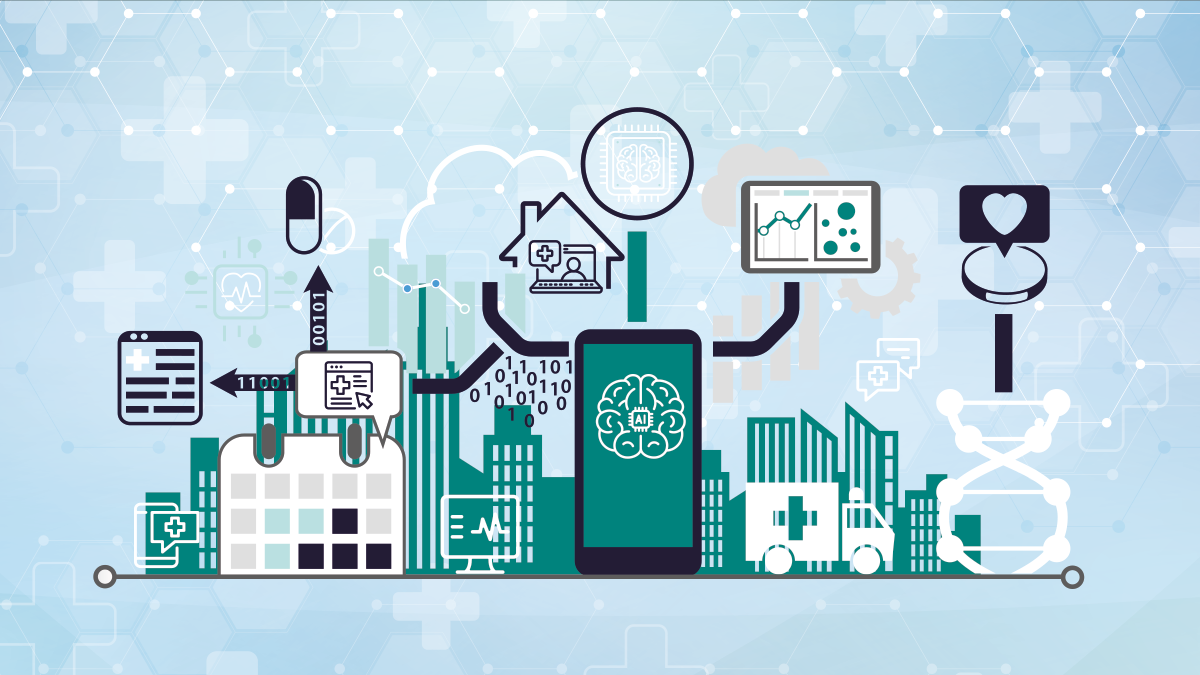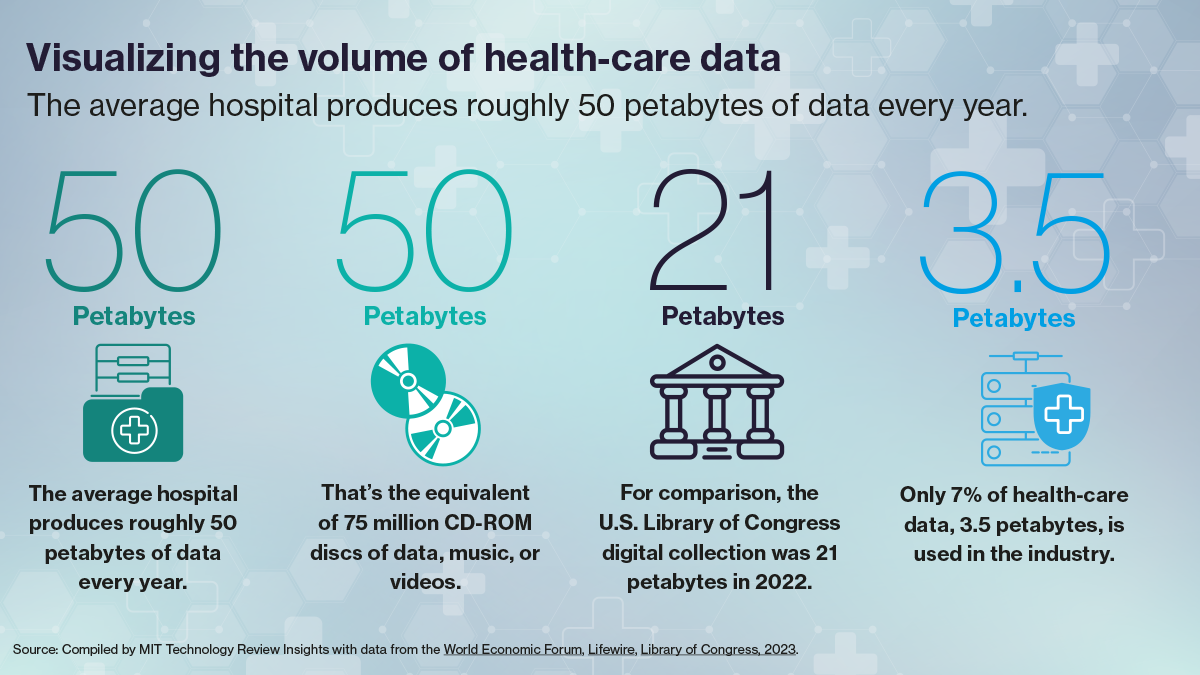Sponsored
AI builds momentum for smarter health care
Life sciences anticipates huge opportunities as AI helps boost targeted drug discovery, personalized health care, and more efficient production
In partnership withDataiku
The pharmaceutical industry operates under one of the highest failure rates of any business sector. The success rate for drug candidates entering capital Phase 1 trials—the earliest type of clinical testing, which can take 6 to 7 years—is anywhere between 9% and 12%, depending on the year, with costs to bring a drug from discovery to market ranging from $1.5 billion to $2.5 billion, according to Science.

AI builds momentum for smarter health care
This skewed balance sheet drives the pharmaceutical industry’s search for machine learning (ML) and AI solutions. The industry lags behind many other sectors in digitization and adopting AI, but the cost of failure—estimated at 60% of all R&D costs, according to Drug Discovery Today—is an important driver for companies looking to use technology to get drugs to market, says Vipin Gopal, former chief data and analytics officer at pharmaceutical giant Eli Lilly, currently serving a similar role at another Fortune 20 company.
“All of these drugs fail due to certain reasons—they do not meet the criteria that we expected them to meet along some points in that clinical trial cycle,” he says. “What if we could identify them earlier, without having to go through multiple phases of clinical trials and then discover, ‘Hey, that doesn’t work.’”

The speed and accuracy of AI can give researchers the ability to quickly identify what will work and what will not, Gopal says. “That’s where the large AI computational models could help predict properties of molecules to a high level of accuracy—to discover molecules that might not otherwise be considered, and to weed out those molecules that, we’ve seen, eventually do not succeed,” he says.
This content was produced by Insights, the custom content arm of MIT Technology Review. It was not written by MIT Technology Review’s editorial staff.
Deep Dive
Artificial intelligence
Large language models can do jaw-dropping things. But nobody knows exactly why.
And that's a problem. Figuring it out is one of the biggest scientific puzzles of our time and a crucial step towards controlling more powerful future models.
What’s next for generative video
OpenAI's Sora has raised the bar for AI moviemaking. Here are four things to bear in mind as we wrap our heads around what's coming.
Is robotics about to have its own ChatGPT moment?
Researchers are using generative AI and other techniques to teach robots new skills—including tasks they could perform in homes.
Stay connected
Get the latest updates from
MIT Technology Review
Discover special offers, top stories, upcoming events, and more.